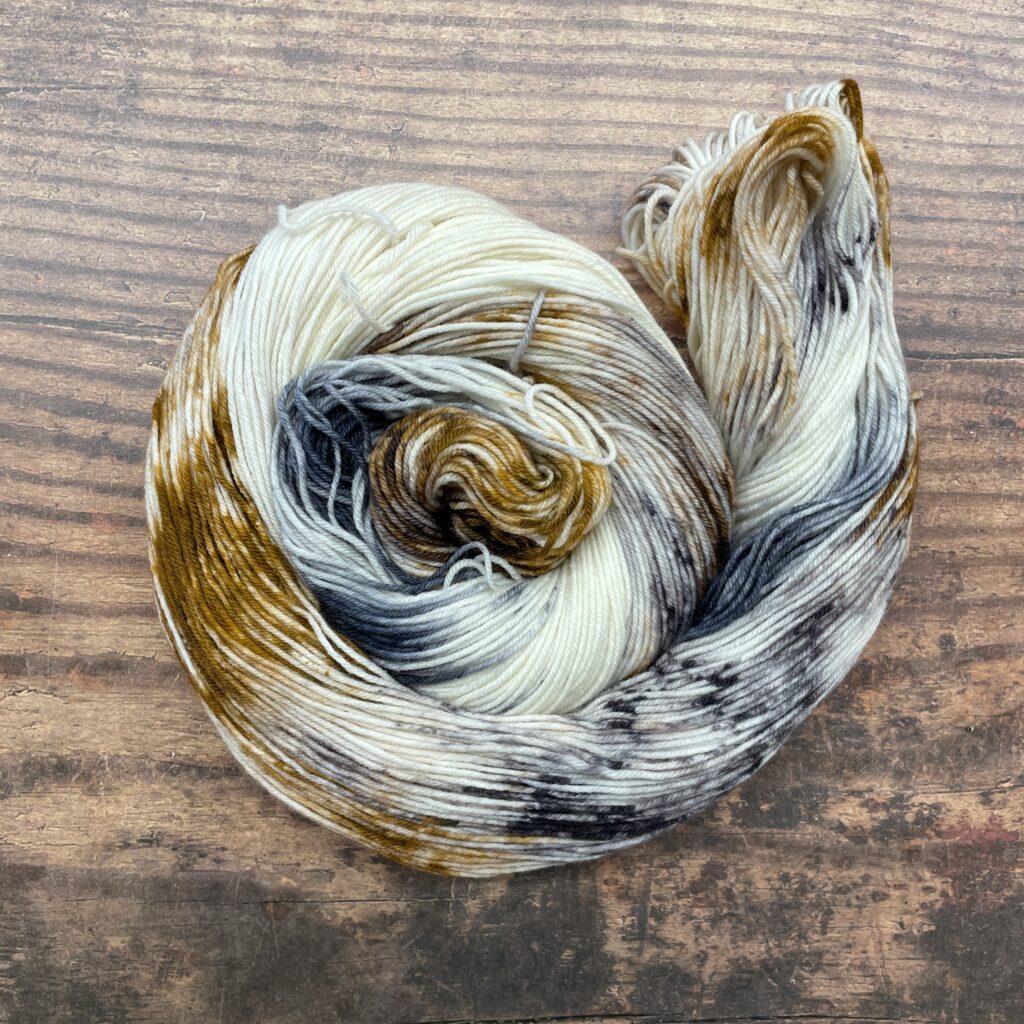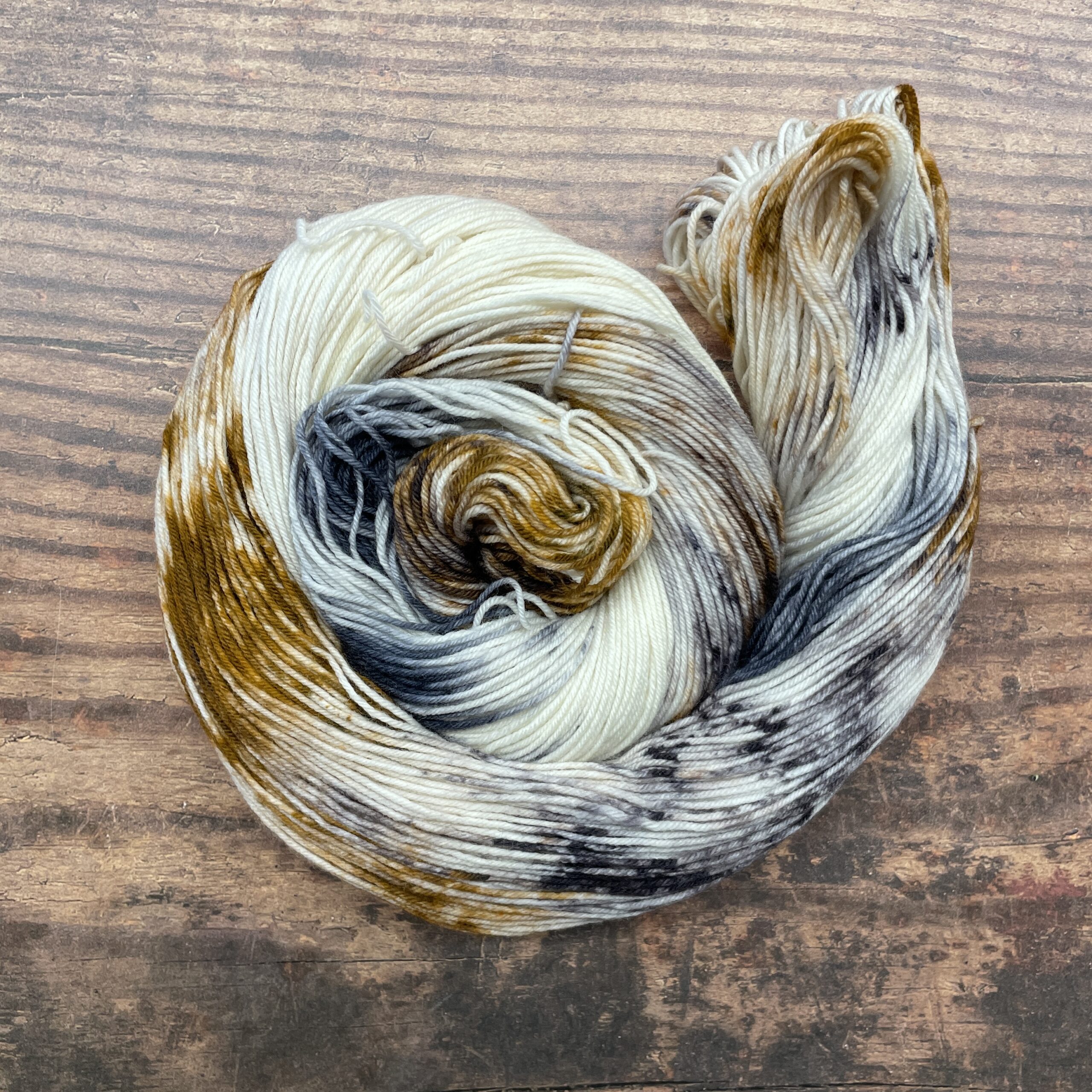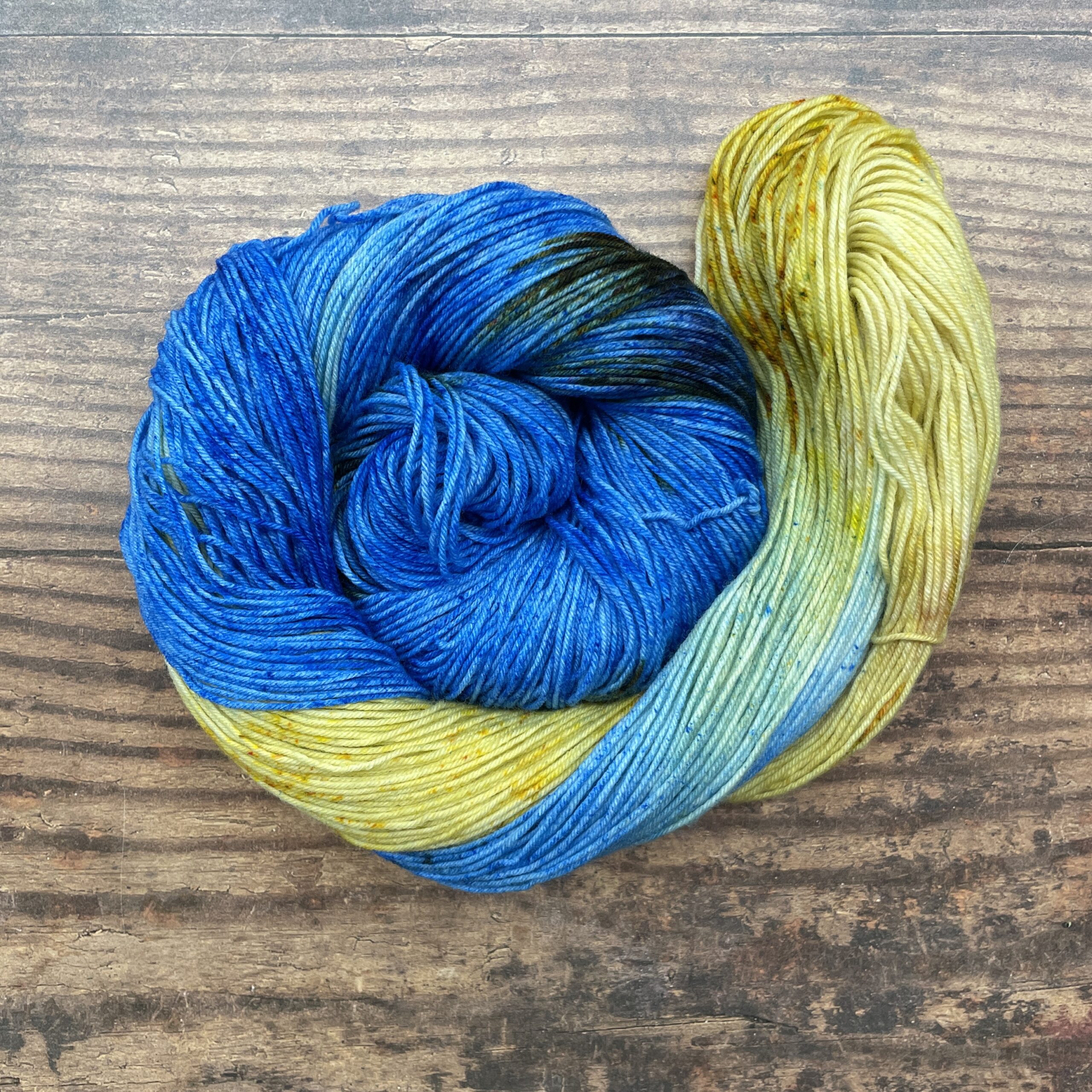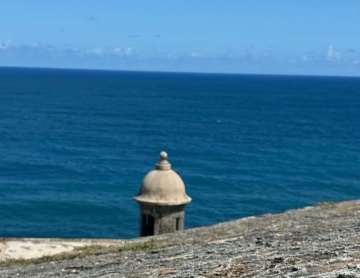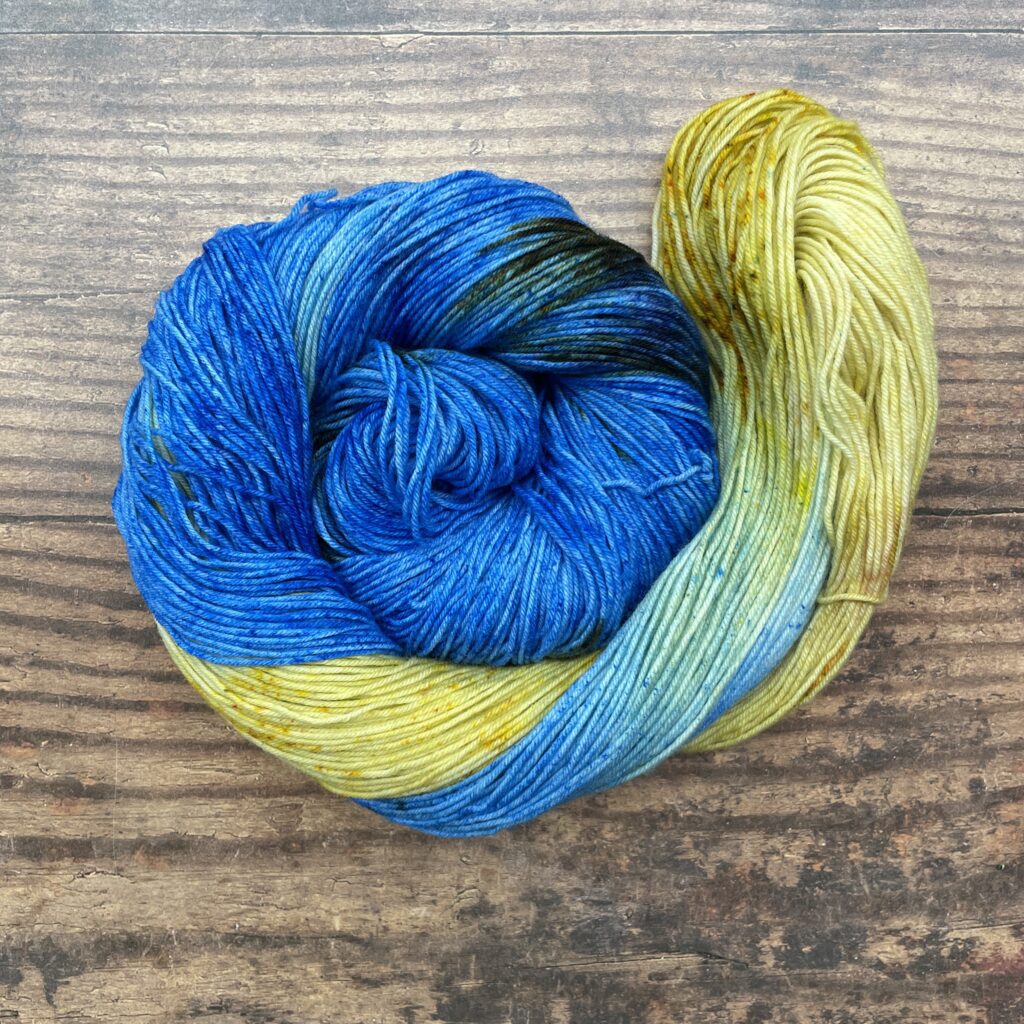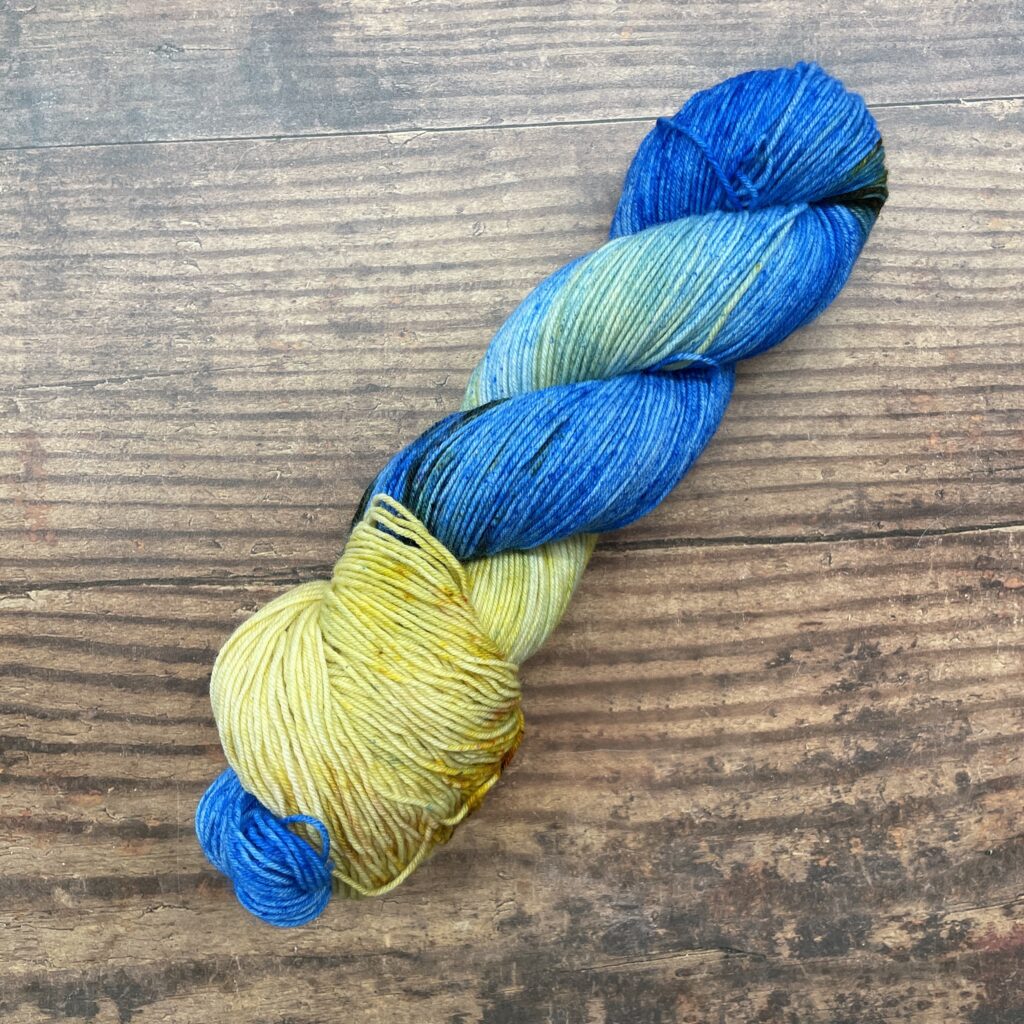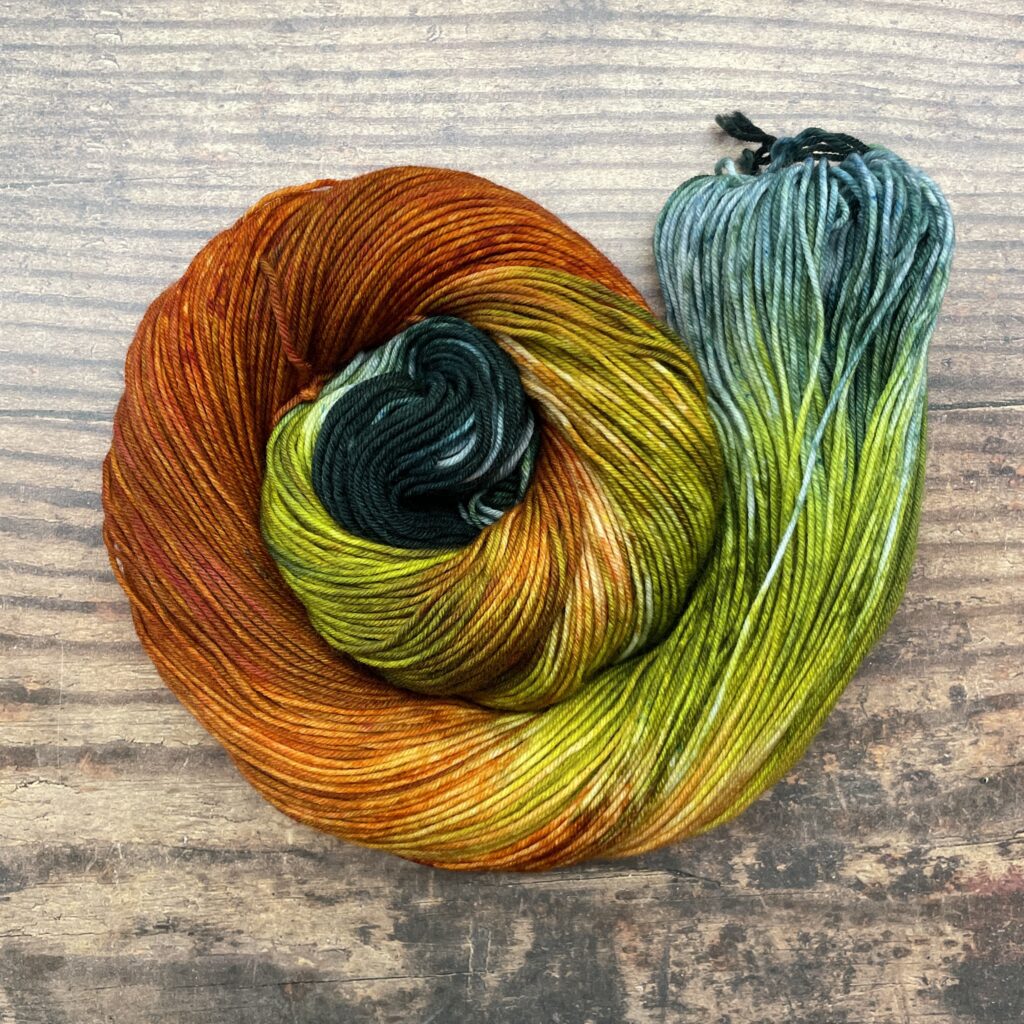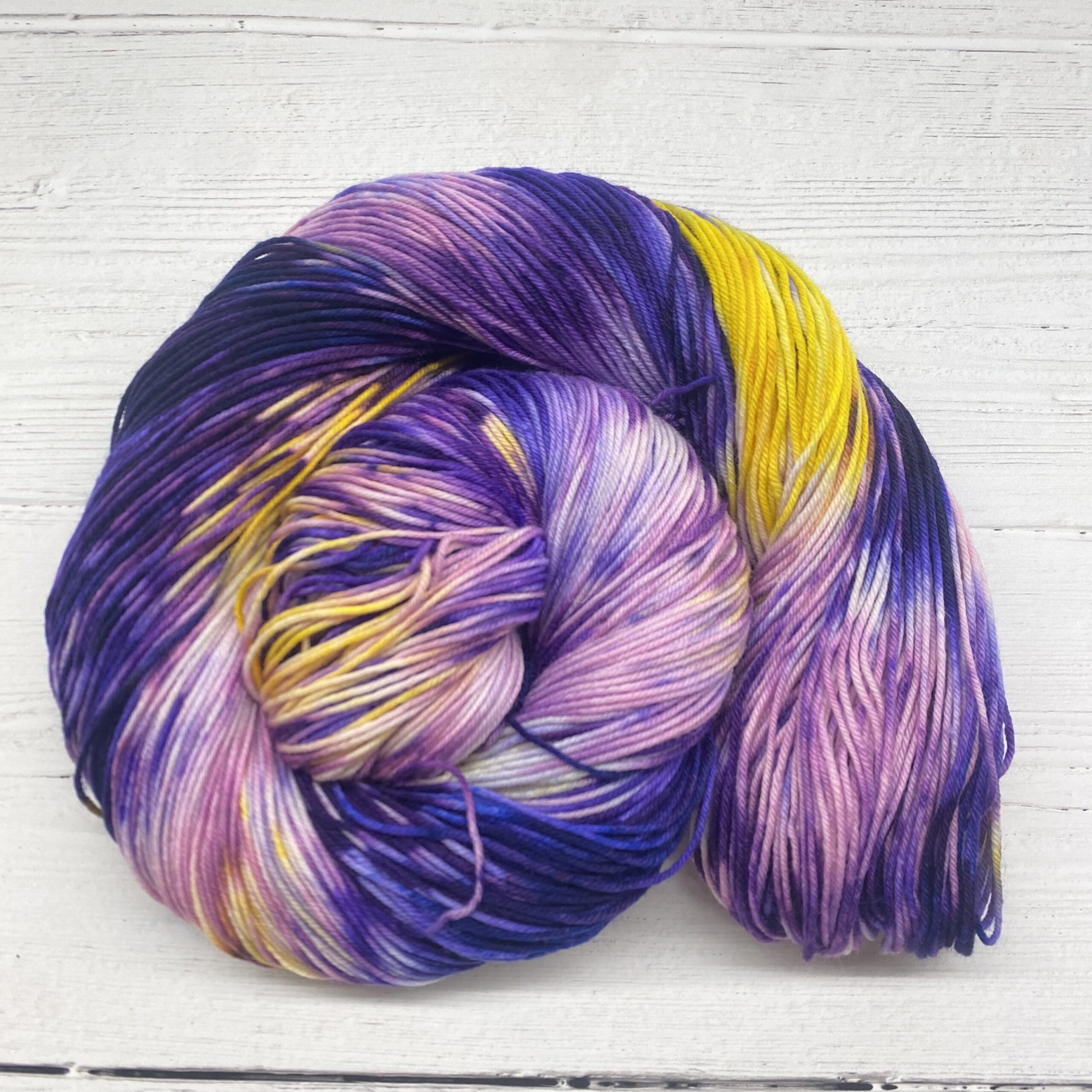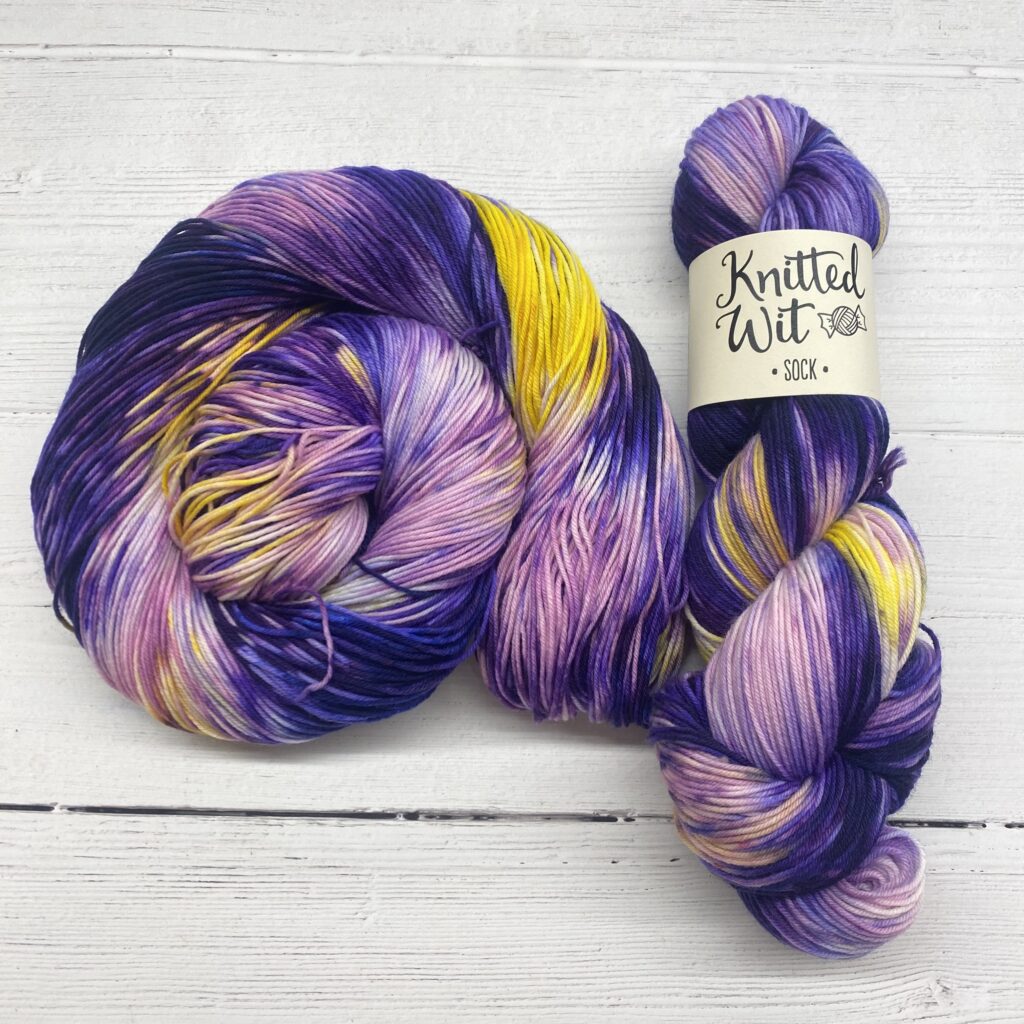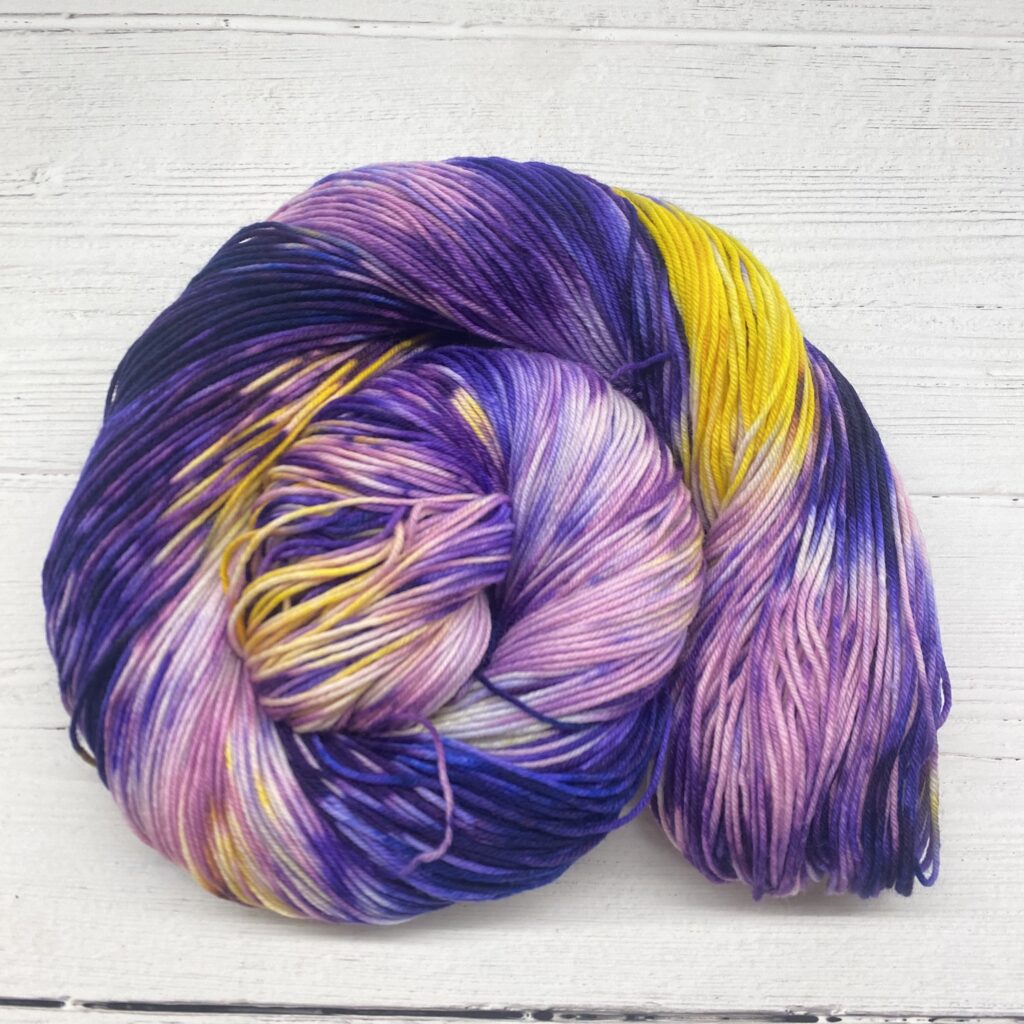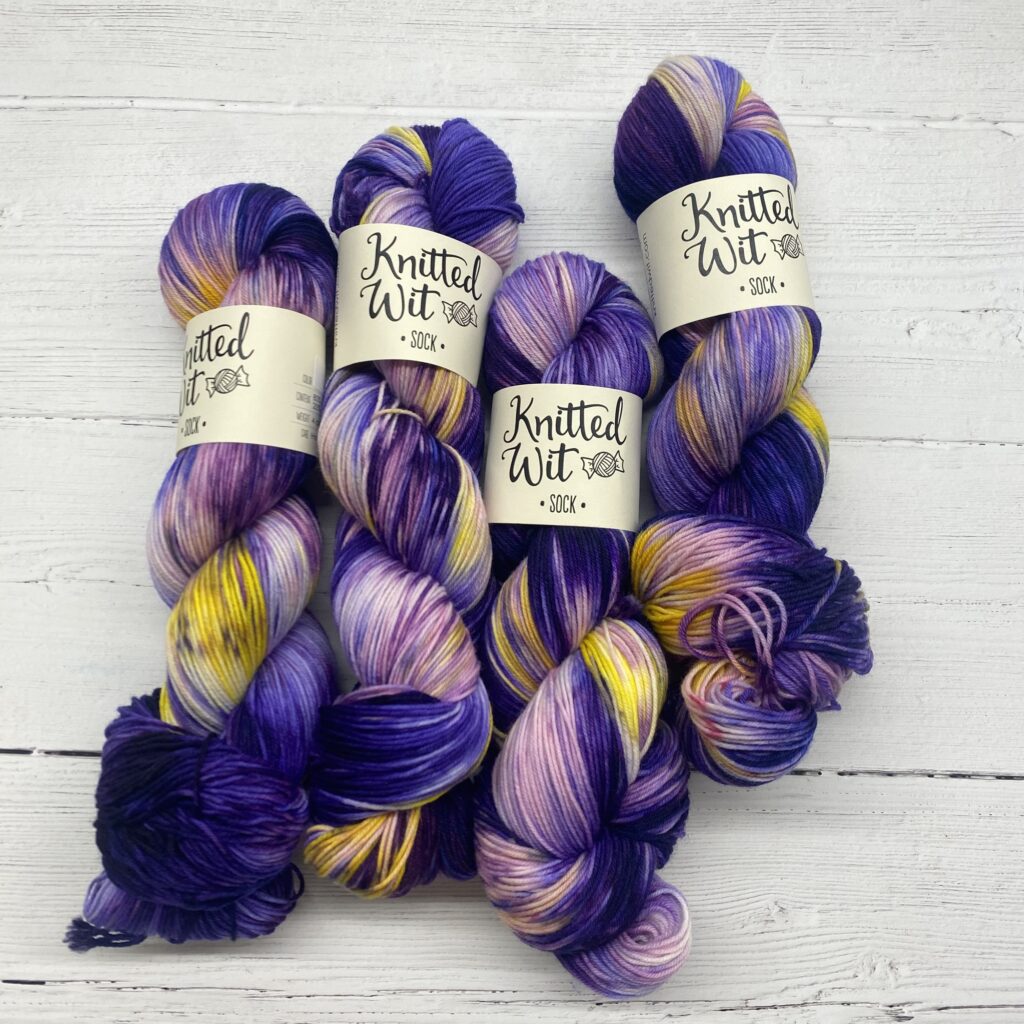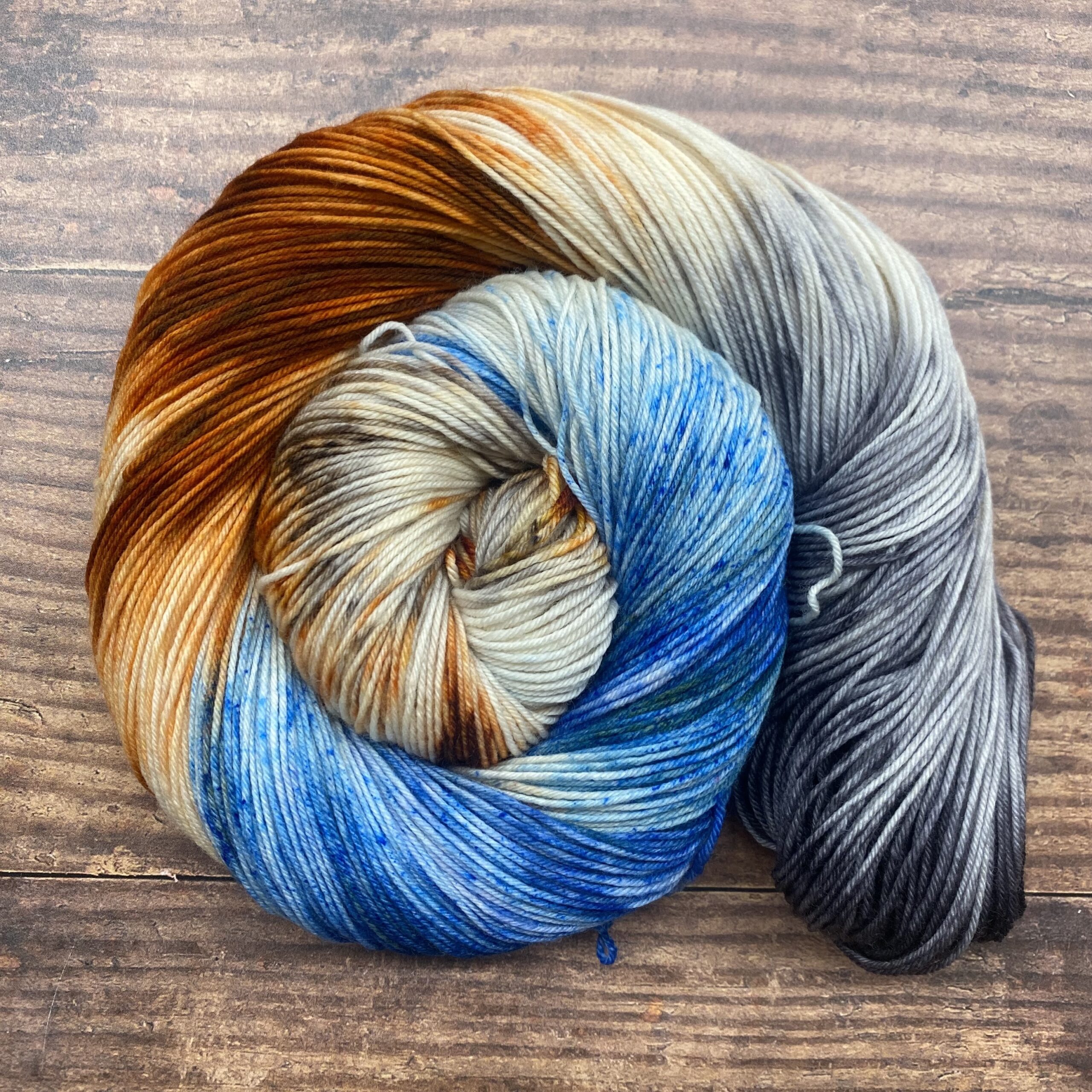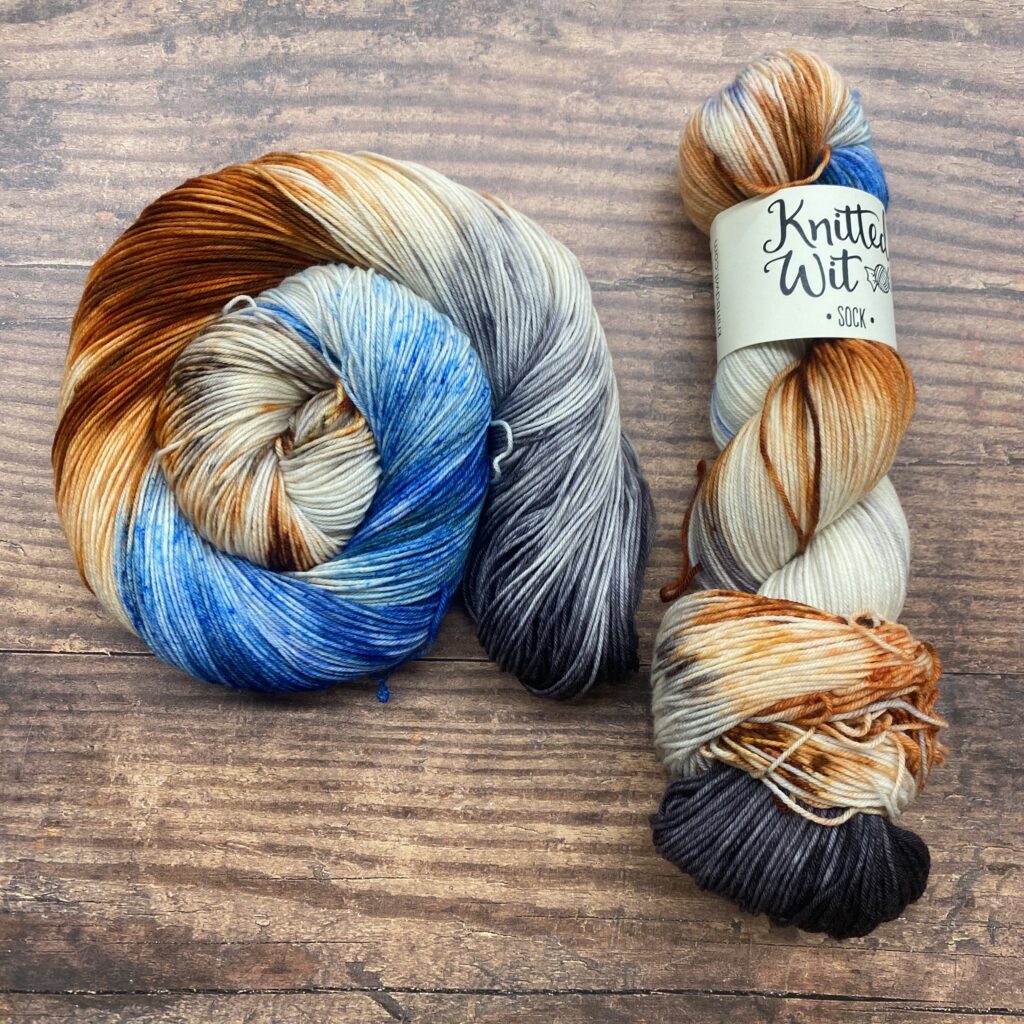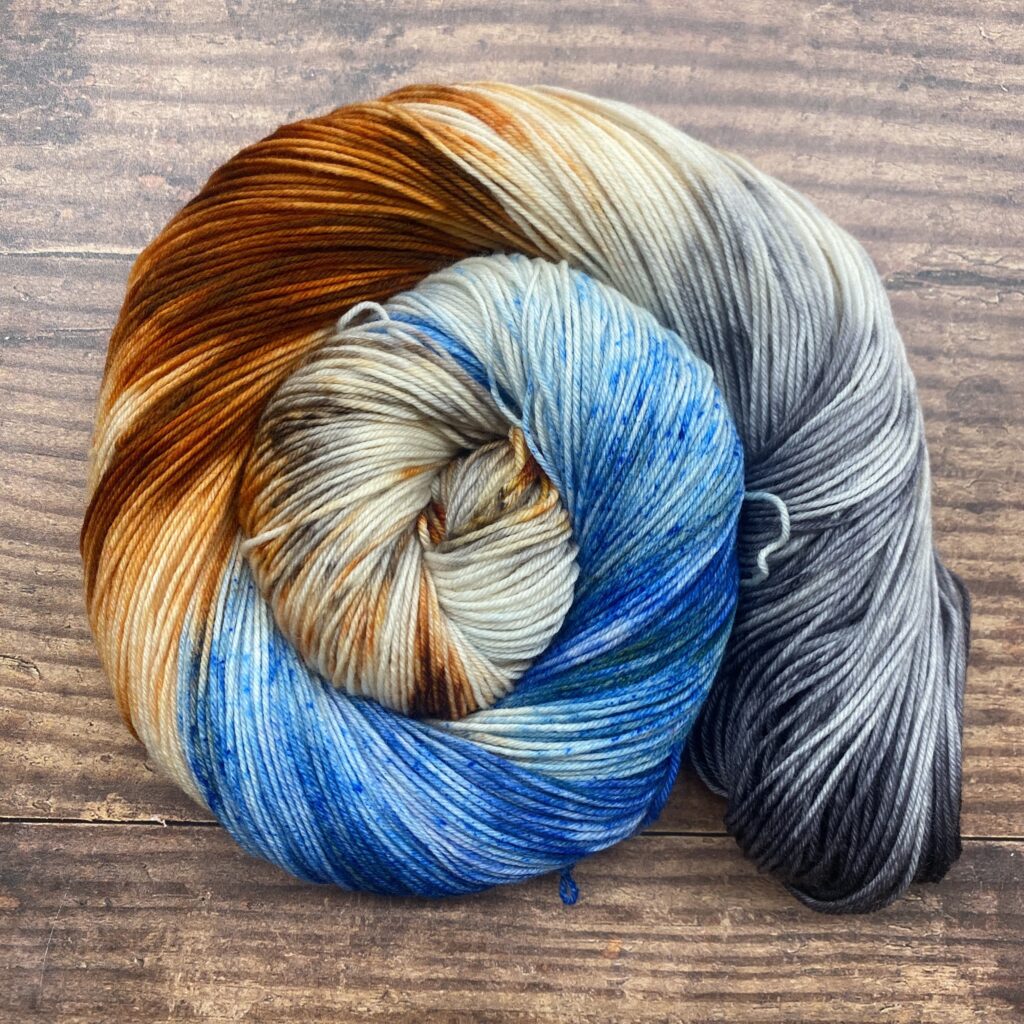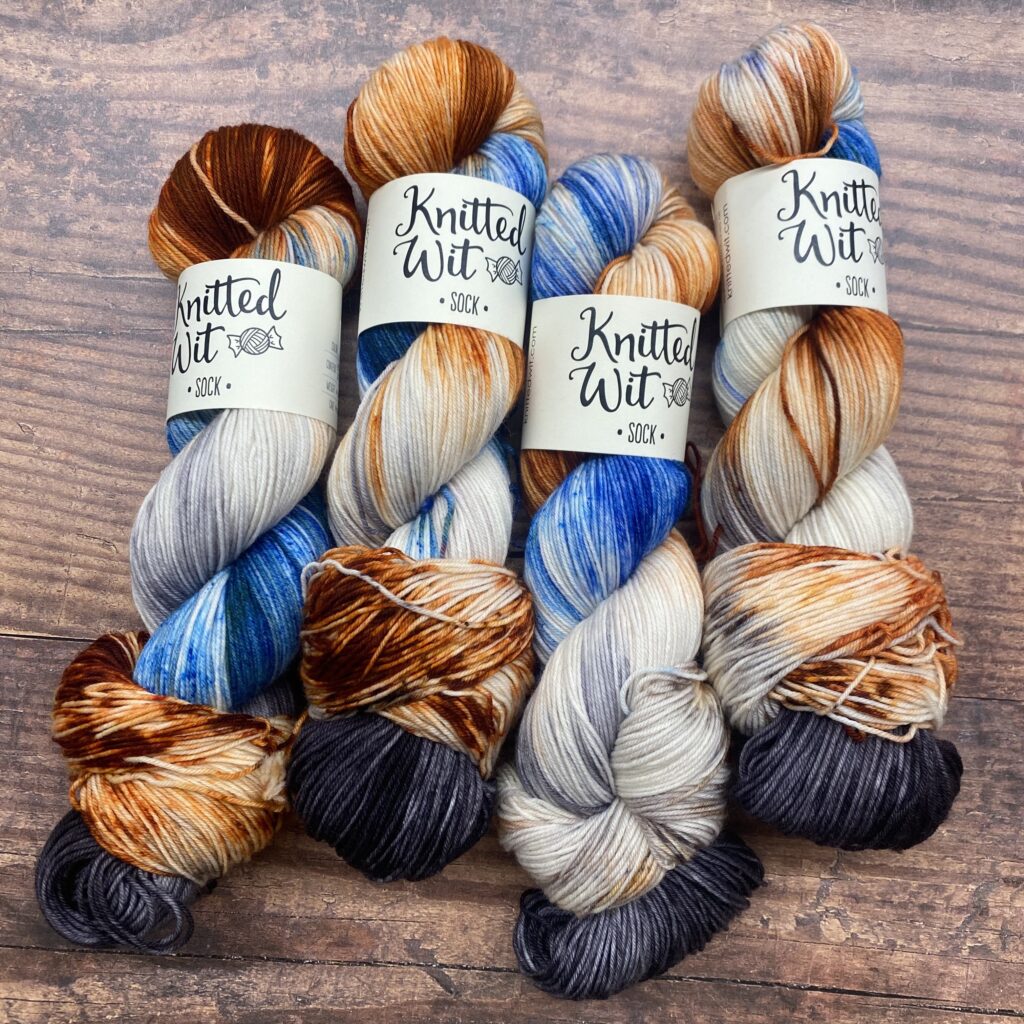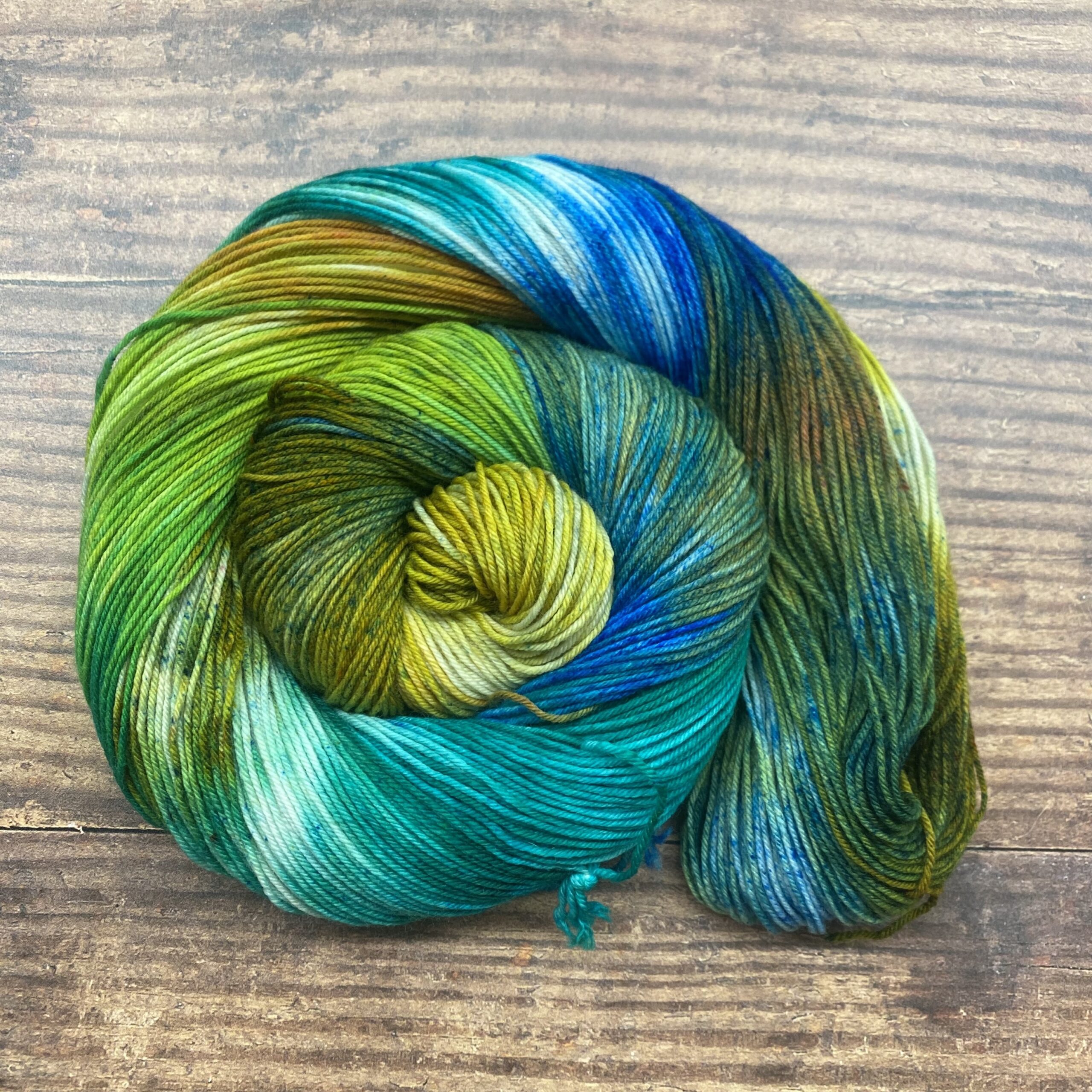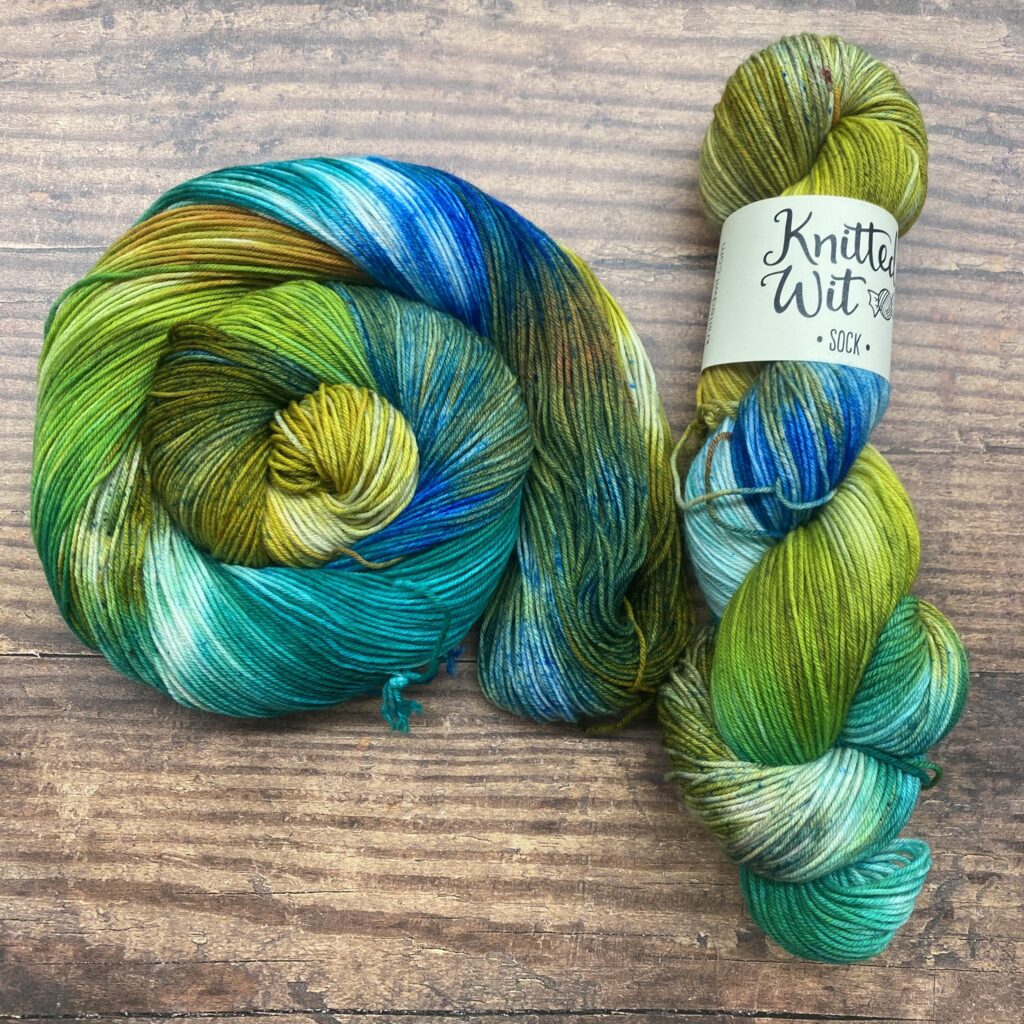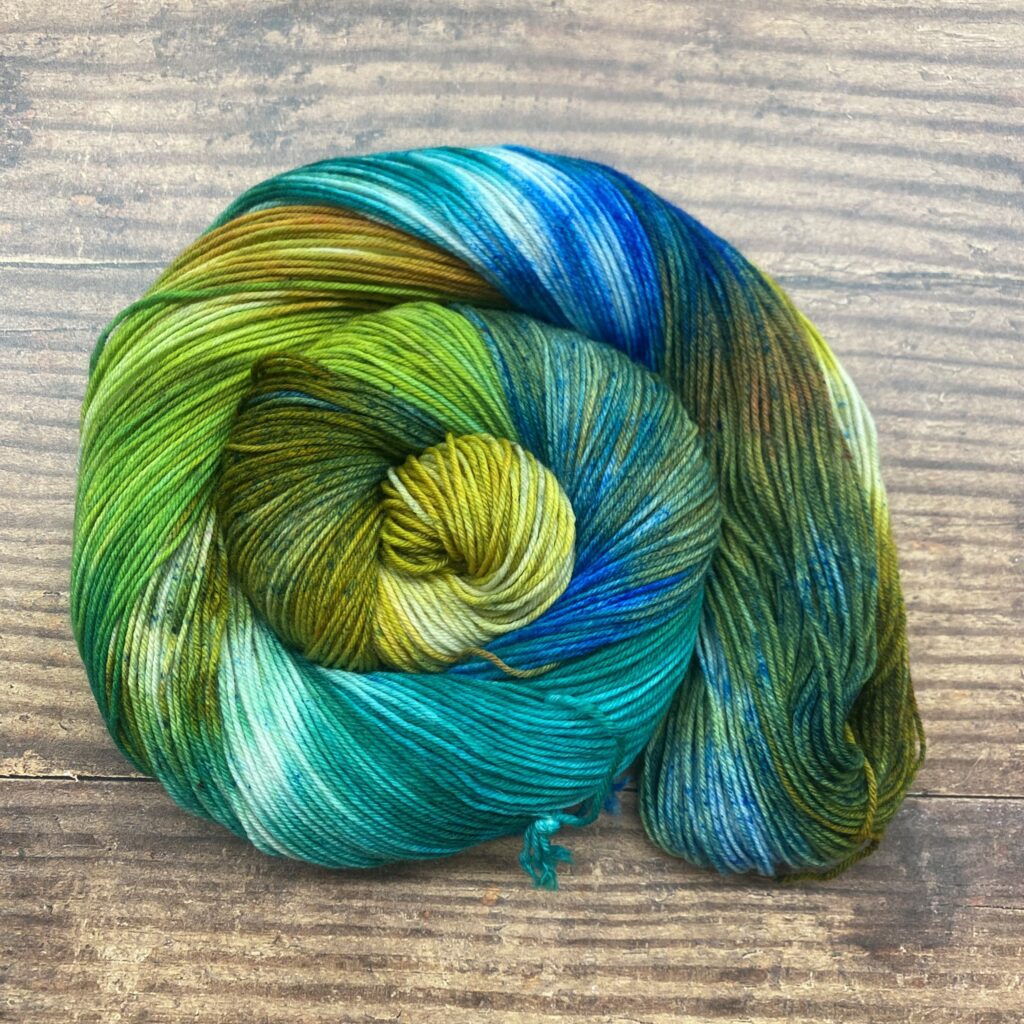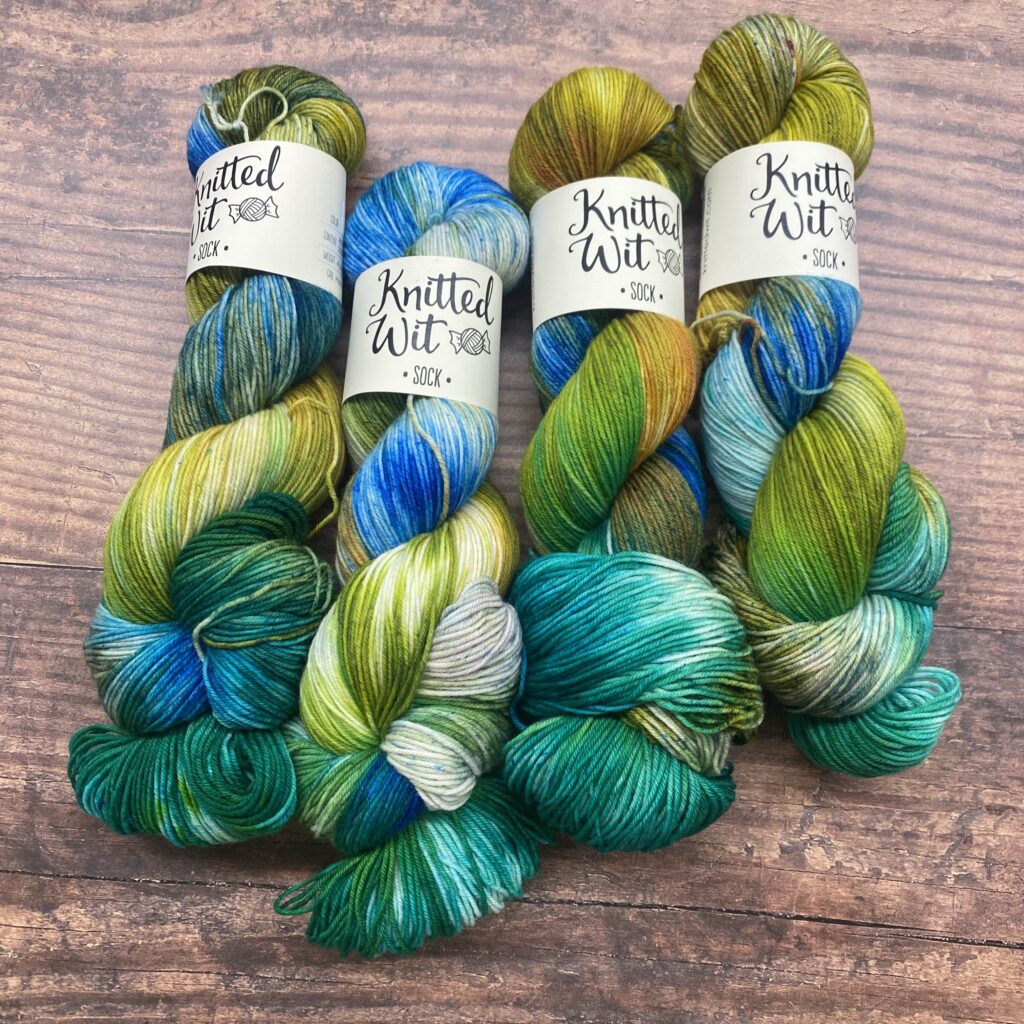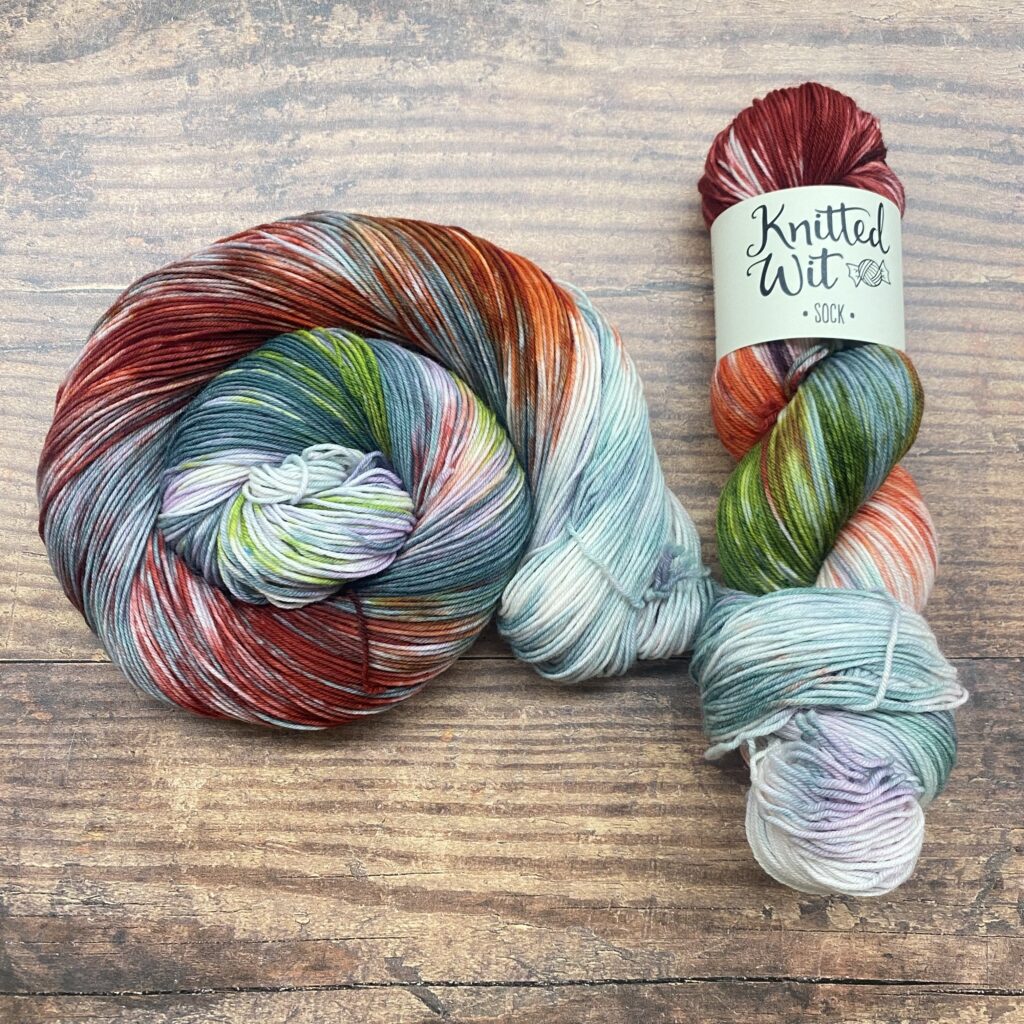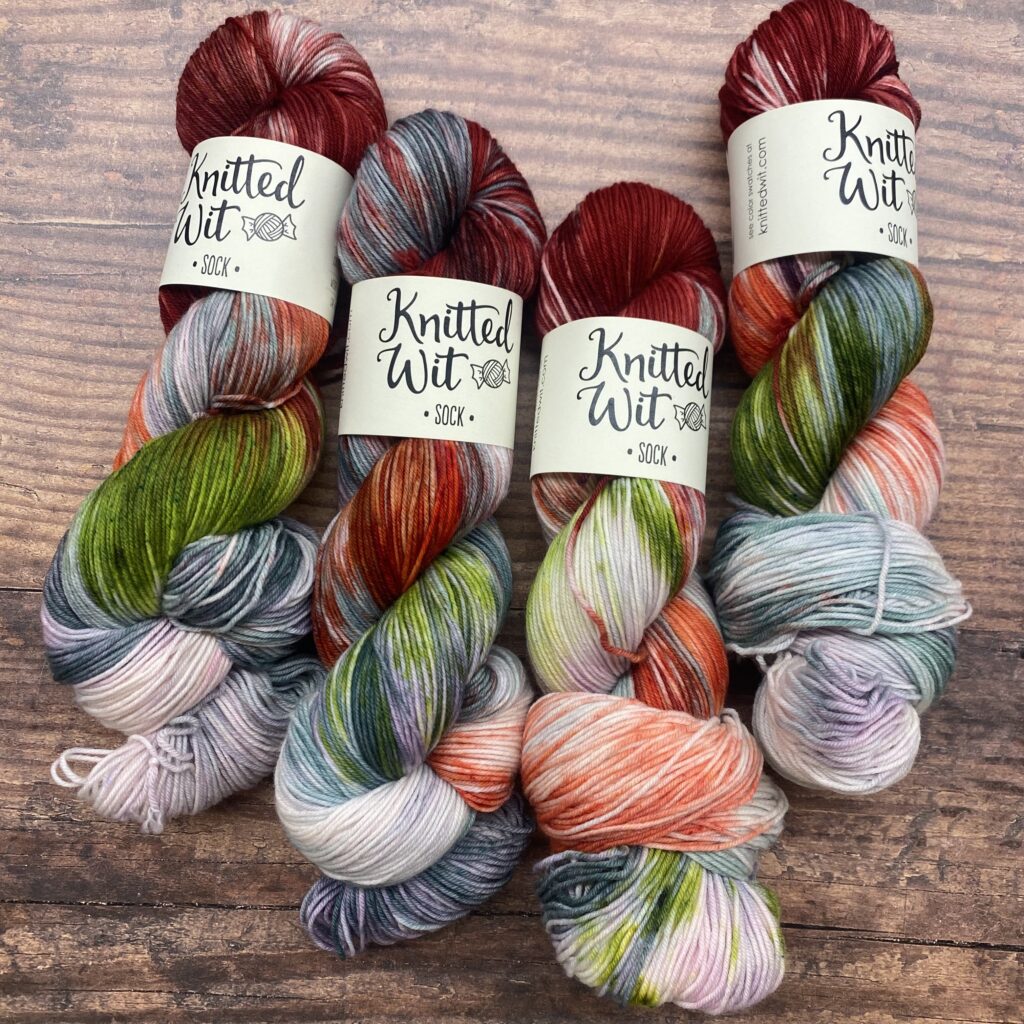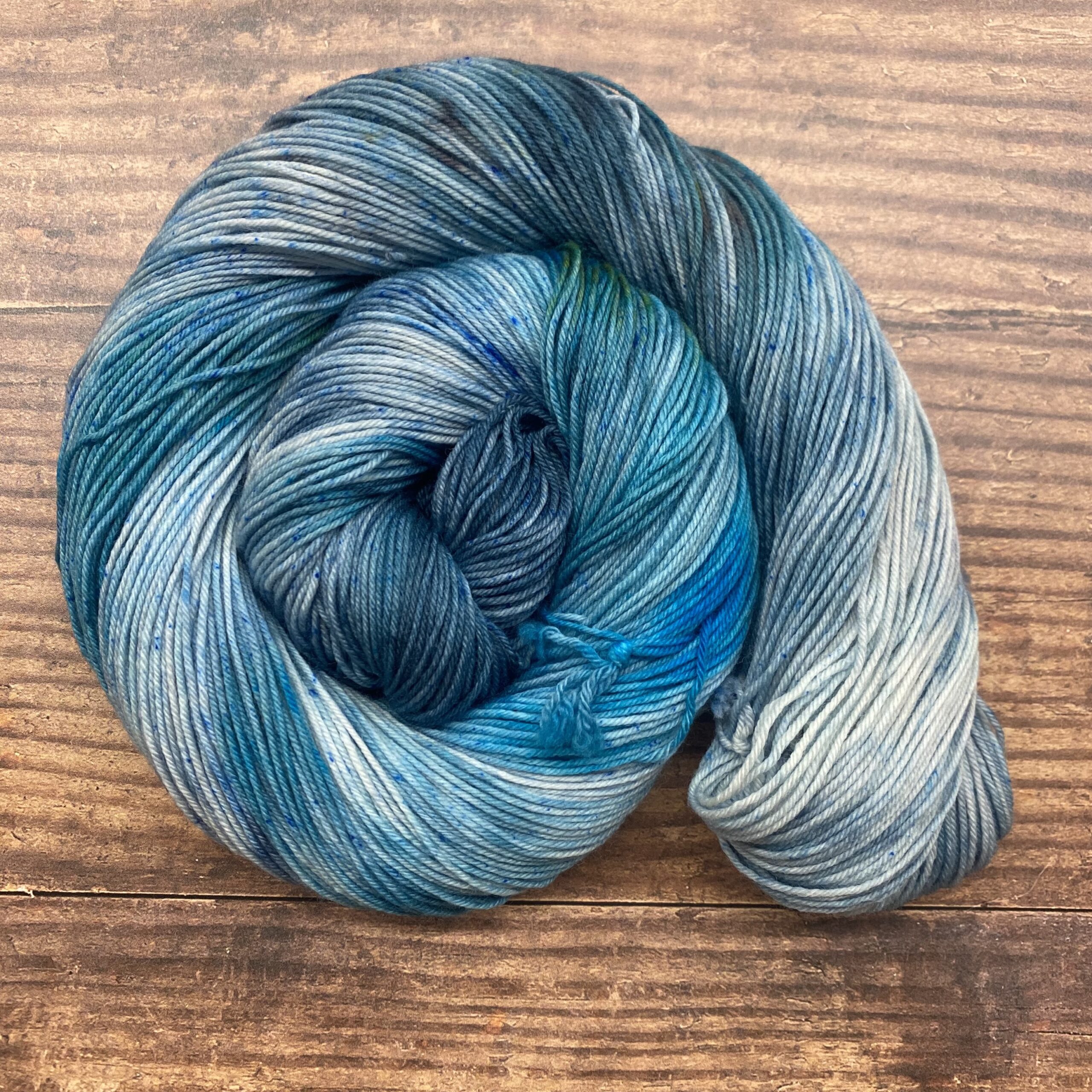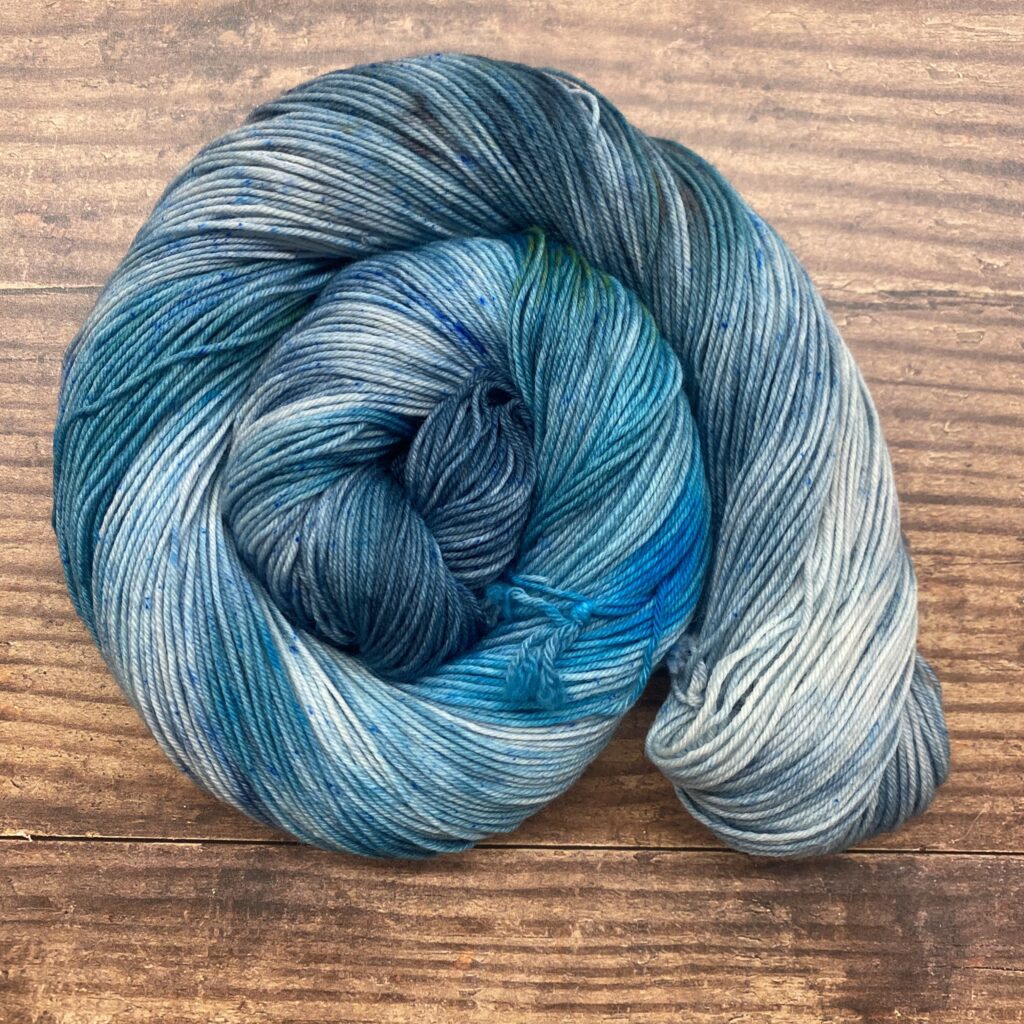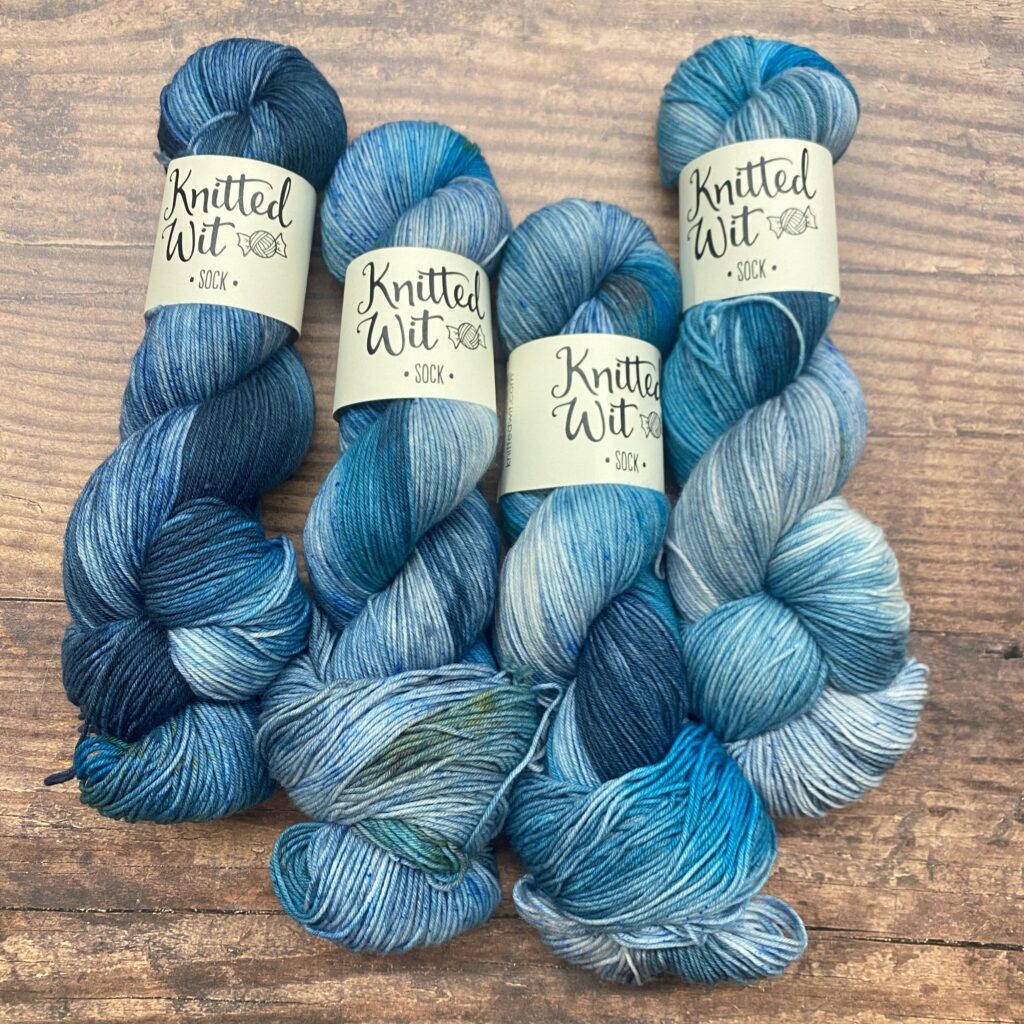It’s time for the annual National Parks Club! Find out information about participating shops and more here.
Where is it located?
The Amache National Historic Site, formally the Granada War Relocation Center but known to the internees as Camp Amache, was a concentration camp for Japanese Americans in Prowers County, Colorado.
Whose land does it reside upon?
The Kiowa, Cheyenne, Comanche, and Arapahoe Plains Indian tribes migrated through the area and many wintered along the Arkansas River.
When was it established?
Added to NRHP: May 18, 1994
Designated NHL: February 10, 2006
Designated NHS: March 18, 2022
About this park:
Amache, also known as the Granada Relocation Center, near Granada, Colorado was one of ten incarceration sites established by the War Relocation Authority during World War II to unjustly incarcerate Japanese Americans. Over 10,000 people, most American citizens, were incarcerated at Amache from 1942-1945. Amache – a place to reflect, recommit, and further the pursuit of freedom and justice.
The smallest incarceration site by population—the Granada Relocation Center, as it was designated by the War Relocation Authority—was in Colorado, only 15 miles west of the Kansas border and less than 2 miles from the town of Granada. Although all WRA records refer to the incarceration camp as the Granada Relocation Center, early on, incarcerees began referring to the camp as Amache, after the camp’s postal designation. Built to accommodate up to 8,000 people, Amache housed 7,318 incarcerees at its peak in 1943, making it the 10th largest city in Colorado at that time. During its three years of operation, 10,331 incarcerees passed through Amache. Its population often fluctuated due to work, education, and military leave programs, as well as indefinite leaves as part of the resettlement program.
Why did we choose these colors?
We used this image for our colorway inspiration: https://www.instagram.com/p/C3Yh1oxvaDL/?igsh=a3c2YmFpMjl3NXpi
For more information:
NPS website: https://www.nps.gov/amch/index.htm
Instagram: n/a
Facebook: https://www.facebook.com/amachenps/
